|
Today's Route: https://www.strava.com/activities/743349153 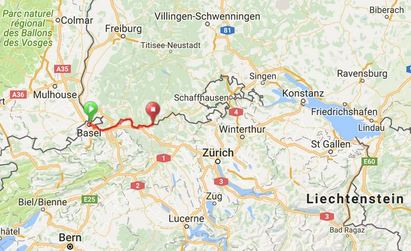 Each day unfolds as it wishes, and this morning was no exception. The day unfolded slowly starting with four Illy Espresso's made in the kitchen a few meters from my room, for which I paid 41$. My slow pace was motivated by the cold, likely the coldest morning so far, just 2.8 C (37 F) at 9 am; by the weather forecast, windy and overcast with rain possible throughout the day; and the stage of the trip, 1,333 kilometers (833 miles) in my legs since leaving Hamburg at the conclusion of yesterday, day eight. For this suite of reasons, I departed Srdjan's, a Serbian from Belgrade, at a few minutes after 10! The air was cold and thick with moisture from the night before, my glasses easily fogged-up if I wasn't careful, and my nose ran like the Rhine. As I implied, I wasn't sure where I was going when I rolled onto the tram tracks in front of the building containing Srdjan's flat, except for the first mile, a short section of bike trail that I could easily see on my OpenFeitsMap base layer. If you own a GPS and are not aware of these open-source maps, then I recommend checking them out for cycling in Europe. The cycle route detail is exceptional and, so far, 100% accurate. Much of my freelancing through the countryside would have been much more difficult, led to regrettable route choices, without these free maps. The base layer was so helpful that I made a donation to the open-source effort shortly after returning to Hamburg. Despite the weather, drizzle, cold, thick cloud cover, and a light wind, my planned mile serendipitously included a fascinating ride through old Basel starting with the "middle bridge", das Mittlerer Brücke or Mittlere Rheinbrücke, in the German language spoken by native Baslers: "The Mittlerer Brücke is the oldest crossing of the Rhine in Basel. The first bridge in this [location] was built in the first half of the 13th century," The original stone bridge, renovated many times throughout history of course, was replaced by an iron bridge in 1903 which remains to this day. Digging into a bit of history associated with this bridge led to some challenging translations, but enough of the details to get a sense of a shockingly morbid past: "The [stone] bridge ... served [throughout medieval history] as a [place for conducting executions] ... the death sentence was [typically] carried-out by drowning ... child-murderers, adulteresses and thieves [were] thrown into the river on their hands and feet. If they were still alive ... at ... Thomasturm, which is about 800 meters away, ... the then border, the ... death penalty was [dropped] and [they were] banished ... from the city instead. Resuscitation measures for the drowned ... had been known and spread throughout Europe since the early modern age. For this reason, too many condemned survived, so that drowning was replaced by beheading in 1634. [In] another form of [execution carried-out from the stone bridge the convict was] tied up and [tethered] to [the bridge], the convict [was then] flooded three times under the bridge." After pausing, mid-way across the Mittler Brücke, for a few photos, I covered the short distance to the opposite bank of the Rhine and, after missing the turn the first time around, turned-back and made a hard right and was then immediately faced with a steep, 18% plus, climb on a narrow cobble stone track. At this point, it was clear that I'd entered a popular tourist area, some were off their bikes, pushing towards the summit, a few more were chatting as they sauntered, hands-free up or down the Rittergasse. At the top of the short climb, I encountered a common feature of old European towns and villages, a constantly flowing water spigot with a bathtub like pool below the spout. I dodged the few tourists that happened to be sharing the less-than-ideal weather day with me, added another horrible suite of photos to my morning collection, and rode on to, my surprise, the historical Rathaus ("council house") and marketplatz. The council house dates "from the 16th century ... and is decorated with fine murals on the outer walls and on the walls of the inner court." The market place, including the Rathaus, conjured up an image of bygone days, when beggars and guilds were the norm and religion was the source of all knowledge. After exiting the marketplatz, I soon found myself descending a narrow, slippery, cobble-surfaced road back to the river. Along the way, I cycled past many more picturesque scenes of old Europe, including a stream that descended via a series of man-made water falls between houses down to the Rhine . All told, from the bridge to the descent, most of an hour, I enjoyed a wondrous mile. But it seems that everything comes with a cost, as it was in this case, because at the end of my serendipitous tour of old Basel I entered a very different scene, what we might call "modern" Basel. Industrial, smelly, trafficked, without cycle lanes or even much of a road shoulder, a place where lorries make the rules and cyclist focus on breathing and staying alive. It was quit a shock for a naive visitor from North America that was carrying with him images of a storybook land, including clean water, the smell of forests in the air, green hills, and the majestic Alps in the background. At the time, as I struggled to find an alternative route, each time returning to the main road and the traffic, I thought this was going to persist for much longer. But after roughly an hour, and following a few false starts on sections of, what turned out to be, short dirt tracks through the forest, I eventually found a dirt cycle route (one-lane road) along the river that went on for many kilometers. And it was worth the wait. I was not deep within the forest, in reality, but it felt that way and that's all that mattered as it allowed me to come down from an over aroused state-of-mind. That short ride through industrial Switzerland ultimately led me to fond memories of natural landscapes, the river and the forest, shags and other bird life commuting over the Rhine, images for reflection when I am old and withered. What I tolerated through "modern" Basel and adjacent communities is an example of something I've reflected on a few times on this trip: mistakes are not necessarily a bad thing, like choosing a route through industrial Switzerland; they can instead, if you allow them time to mature, lead to a serendipitous conclusion. Today, I considered ending my short ride through Switzerland early, crossing the river and turning north into Germany, but instead I persisted. The result was beautiful vistas along the Rhine and at the conclusion of my day, a place to explore and sleep in one of the prettiest villages I've been lucky enough to visit. My mistake was an awful route from about mile three to fifteen. But it worked-out well, very well. I'm planning to make more mistakes tomorrow! For my short day, and in celebration of reaching the southern extent of my little tour, shortly after rolling into Laufenburg I went to another restaurant! That's two in two days, null the previous seven days. And wow, so good, so good. Salad, pasta, and more. Plus an alcoholfrei beer. Prost! After lunch-dinner I asked the restaurateur about lodging and she knew of a BnB owner two doors down on the same little cobbled street in Laufenburg, Switzerland. A moment later she was off the phone and I had the last room for about 50 Euro. I'm living a privileged life this evening. Before I close I want to share some of the history of the twin villages of Laufenburg, a village split by the Rhine and overseen by two countries, Germany on the east bank and Switzerland on the west with a car-excluded bridge between them: "This strange situation dates back to the Napoleonic wars. Before that, both sides of the Rhine were Austrian territory. The former Austrian province was divided in two along the Rhine, the north Bank going to the Duchy of Baden, and the south bank to the Kanton of Aargau. Ever since then there have been two Laufenburgs." As the images, below, demonstrate, the villages offer, in their architecture and their placement on either bank of the Rhine, a storybook scene worthy of my North American naiveté. The German village of Laufenburg was first noted in 1207. Despite by far my shortest distance in nine days, it has nonetheless been a tough day at times, wind and cold, trucks, noise, and the smells of industry. But the result, the here and now that it all led to, is my own private Wonderland. I'll smile into sleep and look for more rabbit holes in the morning. Until then, I bid you Guten Nacht from Janet's beautiful Bed & Breakfast on the west bank of the Rhine where in 1792 the French Revolutionary Army established its base camp. Today's Route: https://www.strava.com/activities/742499350 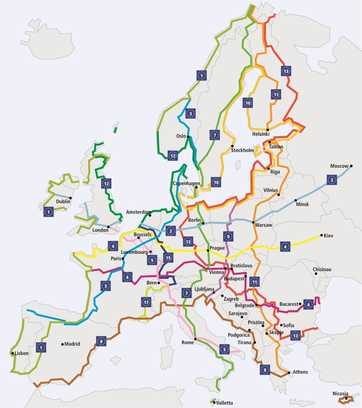 The fifteen Eurovelo Routes from www.eurovelo.org/routes/. The fifteen Eurovelo Routes from www.eurovelo.org/routes/. The EuroVelo 15, aka, Rhine Cycle Route, follows the Rhine from its source in the Swiss Alps to its end at the Nordsee in the Netherlands. As the number fifteen implies, there are other EuroVelo routes: as of October 2016, fifteen are either completed, like the Rhine Cycle Route, or in some stage of development, such as the EuroVelo 9. When the EuroVelo 9 is completed, cyclists will be able to ride from the East Sea in Poland all the way to the Adriatic in Italy; a distance of 1,930 kilometers (1,199 miles) all on a well-marked cycling route. The list of EuroVelo routes on this web page is truly enviable fodder for any contemplative cyclist. If you're addicted to your bike(s), then I advise that you check it out right away and start making your own plans to explore a portion of the over 70,000 kilometers (43,495 miles) of signed cycling routes. Put that in your dirty bike sock and eat it! Whilst sipping coffee this morning, I was thrilled when I discovered that the EuroVelo 15 was less than 200 meters from my room at Eric and Julie's AirBnB in Strasbourg. That proximity made the start of my day far simpler, or at least it should have anyway, than navigating through the city of Strasbourg in search of the famous bike path by the Rhine. Nonetheless, as I approached the city center, by this point already on the Rhine Cycle Route, I still managed to miss a few turns, each time requiring that I turn-around and relocate the route. Those errors withstanding, it took less than 30 minutes to exit the city where I was on my way to Switzerland via the Rhine Cycle Route on the French side of the river. As I exited town, I was aware of a famous church, Strasbourg Cathedral, easily visible at times, to the north, from the bike route. But I decided to ride on, perhaps on my next visit to Strasbourg I'll make my introduction to this exceptionally historic building: "At 142 metres (466 feet), it was the world's tallest building from 1647 to 1874 (227 years), when it was surpassed by St. Nikolai's Church, Hamburg. Today it is the sixth-tallest church in the world and the highest extant structure built entirely in the Middle Ages. [It was] described by Victor Hugo as a "gigantic and delicate marvel", and by Goethe as a "sublimely towering, wide-spreading tree of God." On the French side of the Rhine, as this implies the Rhine Cycle Route is available on both sides of the river, at times a moderate headwind shaved some of my speed. Otherwise, on varied surfaces including hard-packed dirt and pea gravel, I managed to keep a reasonable bike touring pace, average 15-16 mph (24-26 kph) but often 20-22 mph (32-35 kph), with a body that is now eight days into a long bike trip without a break. Three hours into the ride I passed through a small village, wandered around, was nearly run over by a kid on a scooter, and eventually found what I was looking for, a baguette! The last few days I've had one hanging out of a kit pocket or two, broken in half, for refueling on the go as I pedal across the countryside. They're excellent bike food, along with fresh apples, cherry tomatoes, and nuts. And when I stop cheese, sliced meats, and other easily carried foods have also been popular on the shop-as-I-go menu. Despite the #15 being complete, including signs, it's still tricky to follow in and out of human population centers, even small villages. That's led to many mistakes, including one that I decided not to recover from, instead I rode on, a decision that turned out to be serendipitous. Soon I was spinning through a forest, alone, just the bird chatter to keep me company. It was a nice break from route finding. I continued south on a very straight line for many miles, made-up some time along the way (recovered my average 15 mph pace for the day), and enjoyed a road, and cycle route, less traveled. My biggest surprise today was the absence, with rare exception, of the Rhine on the French portion of the Rhine Cycle Route that I followed from Strasbourg to Basel. Instead, the French route favors often paved (not exclusively) bike paths along a network of canals that parallel the Rhine. I was slightly disappointed by the absence of the famous river. Nonetheless, the route did not disappoint an adventure seeking cyclist and if I'd had more time there were plenty of opportunities for side trips, especially the famous Alsatian Wine Region including the self-proclaimed capital, Colmar, France: "[Colmar} considers itself to be the ... capitale des vins d'Alsace. The city is renowned for its well preserved old town, its numerous architectural landmarks and its museums." For a cyclist, an evening in the old town to sample the wine and a part of a day to make a quick tour is certainly an enviable objective. Hopefully, I'll get a second chance to sample the Alsace. Basel made itself known in typical urban fashion as it grew out of the woods and verge until it surrounded me on all sides, a wee bike rider in contrast. Basel is small relative to New York City or even Hamburg, but it's nonetheless a city by any measure, "urban" and all that the word implies. As has become my habit, I located a grocery store and purchased what I needed for an evening meal, breakfast, and snacks the next day (on-the-go bike food). Then I did something I've not done since I departed Hamburg, I went to restaurant! For this occasion I chose an Indian take-out option that also had stay-and-eat seating. I ordered an appetizer followd by two entrées, I could have eaten a third. My body celebrated each bite of the warm, spicy, food. Up until this foray into an Indian kitchen, warm food had been on the menu only one other time, at the conclusion of day two. I have some ideas about tomorrow but at this moment I'm still contemplating most of the details. Uncertainty aside, soon I must begin my northward migration towards Hamburg and Northern Germany. Following today's unplanned ca. 100 mile ride from Strasbourg south to Basel, I'm now over 500 miles, 800 km, from Hamburg by the shortest auto route. That confirms that I'll be riding on for some time, apparently, before I perform the last pedal revolution at the end of the tour. This evening my AirBnB host is a fellow from Belgrade, Serbia. Srdjan eventually met a Swiss lady, Mirijam, in Switzerland and never left. Srdjan kindly offered me a beer in the evening and we discussed, mostly he educated me, his experience living in Serbia, including the period from 1992 to 1995 when adjacent Bosnia and Herzegovina were at war and carrying-out awful, really unbelievable, war crimes. One comment that stuck was "the story told by the media was very misleading", paraphrased. In fact, he informed me that people, including himself, that wanted the real story to be told, eventually gave up and accepted that the media was not something that they could influence to the extent that was necessary to clean-up their misleading story. But wars aside, and instead, a comfortable place to stay for less than 30 Euro foremost, I agree with Katia, another guest of Srdjan's, "[that] Srdjan [and Mirijam's] house is simple ... cozy and charming. [Srdjan] is a lovely, helpful gentleman. Don't miss staying at [their] place." In the morning I'll have a go at operating Srdjan's espresso machine, perhaps the best AirBnB espresso so far? We will see, and see as well how the day unfolds ... in the morning I'll make some decisions about the next here and now. I bid you Guten Nacht from where I am sitting, feet up, a beer on my right, less than a handful of kilometers from a border, in the middle of the Rhine, shared by France, Germany, and Switzerland. If you set it free, life delivers marvelous in large doses. Today's Route: https://www.strava.com/activities/741473291 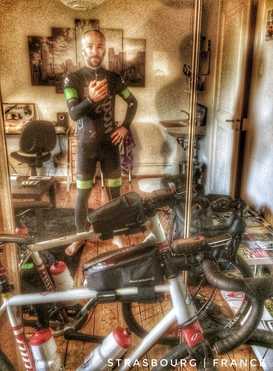 Eric and Julie's AirBnb, Strasbourg, France. Eric and Julie's AirBnb, Strasbourg, France. I'm starting to forget how many days have passed since I left Hamburg. How about seven? And what a day it was. By the time I finished yesterday in Metz, France, I was already many kilometers off my planned route. I had freelanced my way from Belgium and about 1/3rd of the way across northeastern France towards Germany and the Alps. Today I continued, without a GPS trackline to guide me, to the Rhine and the French-German border. My average pace was a little better than 15 mph, including stops. Along the way, I covered 108 miles (172 km) not counting the few miles from the grocery store to Eric and Julie's AirBnB close to the city center of Strasbourg, France, a city of exceptional antiquity: "The human occupation of the environs of Strasbourg goes back many thousands of years. Neolithic, bronze age and iron age artifacts have [all] been uncovered by archeological excavations. [Strasbourg] was permanently settled by proto-Celts around 1300 BC." Long before I arrived to the ancient city of Strasbourg on the Rhine, the day started fast for my relatively heavy touring set-up, nearly 20 miles (32 km) in the first hour. But subsequently I pedaled into a significant headwind which persisted most of the way to Sarrebourg, a city about half the distance between Metz and Strasbourg. Adding insult to injury, the D999 and D27 were occasionally uncomfortable, you might say, for a cyclist. Despite light traffic most of the time, the few vehicles that did drive past, including lorries and tourist buses, showed very little concern for my safety. One bus in particular left me no more than a few inches as it zipped past in excess of, what felt like, 120 kph (75 mph). With no bike lane or road shoulder whatsoever, the incident with the bus gave rise to an exceptional state of shock that was shortly thereafter followed by a middle finger wave. Given the company on the road and the distance I wanted to cover today, on the ride from Metz to Sarrebourg I focused on staying alive while maintaining a steady pace. I stopped only when necessary to reassess my route which was mostly via dead reckoning using the horizon and the sun as my guide. I was expecting more wind and possibly even the foothills of the Alps, which I could occasionally see on the horizon, as I approached Sarrebourg but neither concern materialized. Instead, I made my way through a portion of the medium-sized city then made a right turn, to the south, and crossed the La Sarre River. Straight-on I arrived to and rode over a canal before I turned left onto, something close to, Rue de River, "river road". Finally, the river road led me to the same canal that I'd crossed, Canal de la Marne au Rhine, and soon thereafter I was celebrating a wonderful event that happened, for the most part, by chance (aka, serendipity). The wind and traffic I dealt with for ca. 68 miles (110 km) was quickly a distant memory as I pedaled my way along Canal de la Marne au Rhine. As the light improved, I slowed down for photos, by this time well into the afternoon. I had detected the Canal de la Marne au Rhine earlier in the day while studying Google map images and was planning to check it out once I reached Sarrebourg. However, my expectations were only half as good as what lay in store for me. The Canal de la Marne au Rhine, part of a network of canals that connect, e.g., the Rhine to the Moselle in Metz, allows boat traffic deep into northeast France. Shortly after locating the canal along the Rue de River, I was spinning comfortably on a (most of the time) paved bike path that, at the end of the day, delivered me to French villages overlooking Strasbourg and the River Rhine. The city and river below were magestic, but the small villages themselves were, for my senses, even more picturesque and memorable. Winding mostly down, down, down, along narrow, steep, cobble stone roads the last few kilometers before entering Strasbourg proper I was treated to an old Europe as much as anywhere else on my trip. I rolled into Strasbourg at about 5:30, found a grocery store and then my bed for the night at Eric and Julie's AirBnB. Looking out my window, as I type on my iPhone, I can see, 1/2 km away, the European Union Parliament building. Life is full of surprises, but certainly some days deliver more than others. In the evenings I'm wasted, nonetheless I'm surprised how well I continue to feel on the bike day after day. As of this moment, seven days into the tour, I've covered over 700 miles (1120 km) through Germany, Netherlands, Belgium, Luxembourg, and France. My shortest day has been about 70 miles, my longest close to 120. Since entering the Ardennes on day four, I've climbed and descended several thousand feet of elevation, including some very steep grades in excess of 18%. However, the excitement of arriving, as I have, to a River that, like Galileo, is nearly always referred to just by it's first name, "Rhine", quickly dissipated any consideration I might otherwise had allocated to reflecting on my fatigue. And there is the city itself, Strasbourg, a city with a history as impressive as any other in Europe. The name, "Rhine", has been adapted by many languages from the original Gaulish name Rēnos. The Rhine has been and remains so significant in Europe that it has it's own linear measurement, the "Rhine-Kilometer", "a scale introduced in 1939 which runs from the Old Rhine Bridge at [Lake] Constance (0 km) to Hoek van Holland (1036.20 km)." From antiquity, "The Rhine was not known to Herodotus and first enters the historical period in the 1st century BC in Roman-era geography. At that time, it formed the boundary between Gaul and Germania. Augustus ordered his general Drusus to establish 50 military camps along the Rhine, starting the Germanic Wars in 12 BC. At this time, the plain of the Lower Rhine was the territory of the Ubii. The first urban settlement, on the grounds of what is today the centre of Cologne, along the Rhine, was Oppidum Ubiorum, ... founded [by the Ubii] in 38 BC." And that's just the first few breaths when it comes to humanity and their comings and goings from the Rhine. It would literally take, it seems after a quick scroll through Wikipedia's Rhine page, minimum two full university courses to cover the entire history in detail. On the left bank of the Rhine, in what has been Germany in the recent past, is Strasbourg, a city with a tireless history. Artifacts unearthed in Strasbourg include relics of the Neolithic Period (ca. 10,200 to 4500-2200 BC), Bronze (ca. 3300 to 1200 BC) and Iron Ages (ca. 1200 BC to 600 BC). Nearing the conclusion of the third century BC, Strasbourg "developed into a Celtic township" before a long period of Roman rule: "The Romans under Nero Claudius Drusus established a military outpost belonging to the Germania Superior Roman province at Strasbourg's current location, and named it Argentoratum. (Hence the town is commonly called Argentina in medieval Latin) The name "Argentoratum" was first mentioned in 12 BC and the city celebrated its 2,000th birthday in 1988[!]" And following God(s), one would assume, displeasure with Rome, "In the fifth century Strasbourg was occupied successively by Alemanni, Huns, and Franks. In the ninth century it was commonly known as Strazburg in the local language, as documented in 842 by the Oaths of Strasbourg." And on and on the story goes until a lone, unexceptional, traveler glides down narrow streets through villages on his RLT9 Steel into Strasbourg on 11 October 2016. With so much already behind me and so many possibilities ahead, the question of 'how to proceed' seems foremost this evening as I prepare for sleep. Should I accept my "farthest south" as Strasbourg and turn north, tomorrow, on the Rhine Cycle Route? Or, should I instead turn south, on the French-side of the Rhine, and adventure my way to Basel, Switzerland. You might be able to guess what option I'm favoring. I will sleep on it, and decide in the morning over an americano or a second espresso. It's 89 miles, about 150 km, to Basel from Strasbourg. Well within the reach of a cyclist inspired by nearly every moment of the last seven days. Dormez bien et réveillez-vous avec une inspiration pour suivre vos rêves. Morning ride: https://www.strava.com/activities/740220048 Early afternoon: https://www.strava.com/activities/740311009 Late afternoon: https://www.strava.com/activities/740442406 A very chilly morning, about freezing at 9 am so I delayed another hour, chatted with Stéphanie, the BnB owner, enjoyed her French accent and drank more coffee. For the most part, today's weather was as anticipated, overcast sunrise to sunset. Yet, it never rained, a fact for which I'm grateful and will continue to be grateful for even when the sunshine is filtered by cloud cover. Cool temperatures, in the absence of rain, are excellent for cycling once the body warms-up.
I was surprised to cover nearly 20 miles in the first hour on the road, which put me in France before noon despite my very late departure from the former château in Sampont. It was an exciting moment, arriving for the second time in my life to the country of my origin (in 2012 I visited the city of Paris for seven days) and the farthest country to the south that I set-out to visit in my original itinerary. With an impressive castle wall at the village doorstep, the moment was also dramatic, and therefore memorable forbye, as I came zipping into town along a fast descent that at once transitioned from forested slopes on either side of the road to a picture book scene from the middle age. Part of a larger Château de Cons-la-Grandville, the castle "was constructed for Dudon de Cons, son-in-law of the Comte de Chiny" in the 11th century (C.E., Common Era) and has since been rebuilt many times. Let me briefly recall the story of my Grandfather as it was told to me by letter from him in the last decade or so prior to his passing. Of course, without those letters in hand, which are stashed away at my fathers house in a box above the rafters of his garage, I'll also have to rely on memory which is, as Daniel Gilbert skillfully revealed, certainly not ideal. My Grandfather was born to Henri Breton, that much I recall for certain, and a woman, also of french decent, that is somewhere buried in my subconcious at the moment. Henri and his dashing wife, speculation awarded, arrived to Canada from a ship directly from France. This was sometime in the early part of the 20th century, not long before the Great Depression felt throughout the World. Although I don't recall my Grandfather actually stating that "it was the depression" that forced his parents to give him and his sister to adoption, it seems reasonable that this proximate and very significant event in history might have played a role. Speculation aside, he was without any doubt boarded onto a train somewhere in northern Maine, where the family resided at that time. At the end of the connections, many I suspect given the obscurity of northern Maine during that period of US history, my Grandfather aged roughly 2-3 years and his slightly older sister arrived to Cambridge, Massachusetts. Here he was initially cared for by Catholic nuns. Approaching and into his teenage years he would be placed in foster homes, many of these, often with dubious results. His life was apparently difficult throughout his early years until he was able to fend for himself and escape the Catholic church and the foster homes that they arranged for him. Along the way, it's easy to imagine what happened to my connection to France, the country of my Great Grandfather and Grandmother's origins, and so too the origin of my Grandfather and family that followed. Although I am an American with a French nose and not much else to connect me to France, I still cannot help but wonder, when I'm on French soil, about my families French roots. And for me, a guy that often spends far too much time in Wonderland, that was enough, castle at the bottom of a steep descent aside, to put a big smile on my face when I realized I had returned to the country from whence I stumbled three generations before possibly from a filthy ship, wearing filthy clothes, and grinning a smile that no one, from this century, would want to kiss! Metz, the French pronunciation sounds like the English word "mess", has an absurd, for its richness and breadth, history including an impressive cast of famous characters dating back to the 2nd millennium B.C.E. (Before Common Era). A small sample from Wikipedia conjures up an appropriate visualization: "Before the conquest of Gaul by Julius Caesar in 52 BC, it was the oppidum of the Celtic Mediomatrici tribe. [Once] integrated into the Roman Empire, Metz quickly became one of the principal towns of Gaul with a population of 40,000, until the barbarian depredations and its transfer to the Franks about the end of the 5th century [C.E.]. Between the 6th and 8th centuries, the city was the residence of the Merovingian kings of Austrasia." And that's just roughly half of the story. Why is it that any mention of the word Merovingian immediately takes me back to the fabulous character, by the same name, from the films The Matrix Reloaded and The Matrix Revolutions? Since I was just a click away from discovering what these Merovingians were all about I thought I would include a little of that history as well: The Merovingians "were a Salian Frankish dynasty that ruled the Franks for nearly 300 years in a region known as Francia in Latin, beginning in the middle of the 5th century. Their territory largely corresponded to ancient Gaul as well as the Roman provinces of Raetia, Germania Superior and the southern part of Germania. The Merovingian dynasty was founded by Childeric I (c. 457 – 481), the son of Merovech, leader of the Salian Franks, but it was his famous son Clovis I (481–511) who united all of Gaul under Merovingian rule." History and the fascinating stories that the term implies await me in all directions it seems, and the effect on the child that often looked out a window from 9 North Park Street in Franklin, Massachusetts, on the tip of his toes and wearing a onezee, is that he can hardly contain himself from riding over the next hill, to the next village, to anywhere his RLT 9 Steel and his legs are willing to take him on his Autumn Tour of (his plan anyway) six countries. It has already been a tour-de-force of unimagined encounters, with people from the here, now, and bygone. No doubt much more awaits in the days ahead before I complete the final pedal revolution that delivers me to where it all started at Bismarckstraße 77 in Hamburg. After five consecutive days riding over 100 miles, I thought I'd dial back my speed today, shoot for about 60-70 miles, and finish early, with enough time perhaps for a load of laundry which is spinning now. The road from the first French village to the big city of Metz, very similar in size and appearance to Hamburg, was often country road with only a few exceptions. The terrain was hilly, sometimes very steep, especially exiting villages, otherwise gently rolling most of the way. I met a 30-years past retired Frenchman, a sturdy, full-of-life cyclist named Herman (pronounce air-mon or just eh-mo), at the water spigot I photographed not far from Metz. He encouraged me to ride to Strasbourg, France rather than other possibilities that I had in mind and mentioned to him. Based on our exchange of ideas, all told about a 20 minute conversation, I'm going to do some thinking this evening, check some distances, etc, and perhaps hatch another revision to my already revised itinerary in the morning. My plan, as of yesterday, was follow the Moselle River Cycle Route from Metz to Koblenz, Germany. A beer opened and another on the docket, so no bonne nuit to you for about another two hours. Instead, I bid you a bonsoir, a good evening from Delphine's exceptional AirBnB in northeast France in the ubiquitously historic city of Metz, a city with links to the "political thinker Alexis de Tocqueville" among other notables. Vive la France! Today's Route: https://www.strava.com/activities/739527709 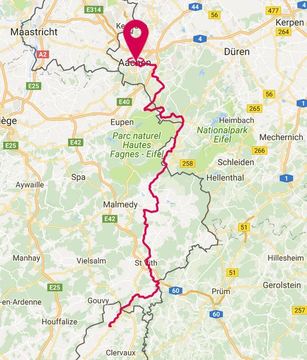 Vennbahn Cycle Route, 125 km from Achen, Belgium to Troisvierges, Luxembourg Vennbahn Cycle Route, 125 km from Achen, Belgium to Troisvierges, Luxembourg Everyday has been special, full of surprises and memories, but today was even better than the previous four. As much as I enjoyed the cycling infrastructure in the Netherlands, the network of canals, villages, farms, and forests, the Ardennes of Belgium and Luxembourg delivered one stunning scene after another on my ride today. Perhaps the landscape high point of my autumn adventure? We will have to wait and see. A very cool (fresh) start this morning was unavoidable as I descended into the river valley below Carmen's le Cafe and BnB. I paid my bill just before I left, 61 euro. That covered a private room and bath in a funky, unique, inspired inn. As well as hot soup, bread, and more for dinner; an equally robust breakfast, and lunch for the road! It was, until this evening, by far my highest lodging cost in four days, but with all the extras it really was very reasonable. Within an hour or less of my departure the sun warmed my nearly frozen fingers and I was subsequently grinning my way down a paved bike path at full casual speed, about 20-22 mph. Even before solar radiation dispelled the numbness, I stopped for photos, including the header image from this post, to take advantage of morning light, mostly clear skies, and sunshine, the finest weather so far on the trip. I'm hoping for the same tomorrow. In the meantime, I've decided to deploy a 'wait and see' weather policy, whatever awaits my departure each morning is what I'll have to manage including brillaint sunshine, my fate this morning. My experience today on fast, auto- and lory-free cycle ways, that were once rail lines, has inspired me to make significant changes to my itinerary. Tomorrow, I'm planning to freelance my way to Metz, France, a city with a 3000 year history located at the confluence of the Moselle and the Seille Rivers, and then follow a famous, for its beauty, cycle route along the Moselle River. By "freelance" I'm referring to navigation by GPS without a planned route / GPS line to follow on the GPS screen, I'll navigate to Metz by dead-reckoning based on the sun and use the GPS to choose what seems to be the best route as I go. From Metz, the well marked Moselle River Cycle Route will take me north-northeast through France to Germany. From there, I'll follow the German-Luxembourg border, the river itself, north for many miles. Eventually, the river will turn east-northeast, my revised plan is to follow the Moselle River Cycle Route to its conclusion at Koblenz, Germany, "where in 55 BC Roman troops commanded by Julius Caesar reached the Rhine and built a bridge between Koblenz and Andernach." From Koblenz, I'm not sure at the moment. Perhaps south on the Rhine [River] Cycle Route then east, or east right-away freelancing my way to Cheb in the Czech Republic where I would then rejoin my original itinerary. The bike path that inspired me to re-think my itinerary, the Vennbahn Cycle Route, is one of Europe's longest cycle routes built almost entirely on a converted (raised) railway bed. The Cycle Way retains the name of the original rail line, "a former railway line that was built partly across what was then German territory by the Prussian state railways. It is now entirely in Belgium, because the [track and underlying subgrade], as well as the stations and other installations, were made provisional Belgian territory in 1919 (permanent in 1922) under an article of the Treaty of Versailles." The Vennbahn rail line remained in use into the 1980s. In the 1990s, the rail line was decommissioned and the track was removed along with other infrastructure changes necessary for transforming the raised rail bed into a Cycle Route. From NRW-Toursim Dot Com, "The Vennbahn [Cycle Route] leads from Aachen to Monschau and on to Belgium and Luxembourg. At 125 kilometres, it is one of Europe’s longest cycle paths that runs on disused railway lines. It crosses the borders between the three countries more than a dozen times". My experience on the Vennbahn Cycle Route came to fruition, in part, because of my chance encounter with Tom on Day 4. My original itinerary included part of Vennbahn, however without Tom's historical revelations and other thoughts about the route I may not have altered my itinerary as I've now decided to do. After Tom and I climbed nearly to the top of Belgium, he eventually led me down, down, down in elevation eventually to the easily recognizable Vennbahn Cycle Route near the village of Küchelscheid, Belgium where we enjoyed a coffee and a Belgian waffle together and I eventually, that evening, found lodging at Carmen's le Cafe and BnB. Küchelscheid touches Monschau, Germany, on its eastern border. Following Tom's last recommendation among many, I rode the cycle way (after the waffle) towards Achen, where the route begins, to Monschau. It was all that was needed to get me thinking about the possibility of following the same route south from Küchelscheid to its terminus in Troisvierges, Luxembourg, and soon I was revising my itinerary over beer and yummy food at Carmen's le Cafe. I'm knackered this evening, a common theme since about day 2, but nonetheless each day on the bike I feel good after a bit of a waking-up period during the first 30-45 minutes. So far I've enjoyed 100-120 miles (160-190 km) a day since leaving Hamburg five days ago. I wonder when my body will say that's enough? When that happens I'll consider a rest day! As I prepare to close my eyes, I am excited to wake up tomorrow and ride into France sometime in the early part of the morning, a special memory no doubt. In the meantime, I bid you a bonne nuit et au revoir pour le moment from Sampont, Belgium, a French-speaking "village in the Belgian town of Arlon located in [the] Walloon region in the province of Luxembourg." This evening, I'll sleep and dream on the third floor of a beautiful former château. My hosts, Stephanie and her Italian husband, speak fluent french, among other languages, despite being roughly 20 kilometers from the French border. |
�
André BretonAdventure Guide, Mentor, Lifestyle Coach, Consultant, Endurance Athlete Categories
All
Archives
March 2021
|
Quick Links |
© COPYRIGHT 2021. ALL RIGHTS RESERVED.
|

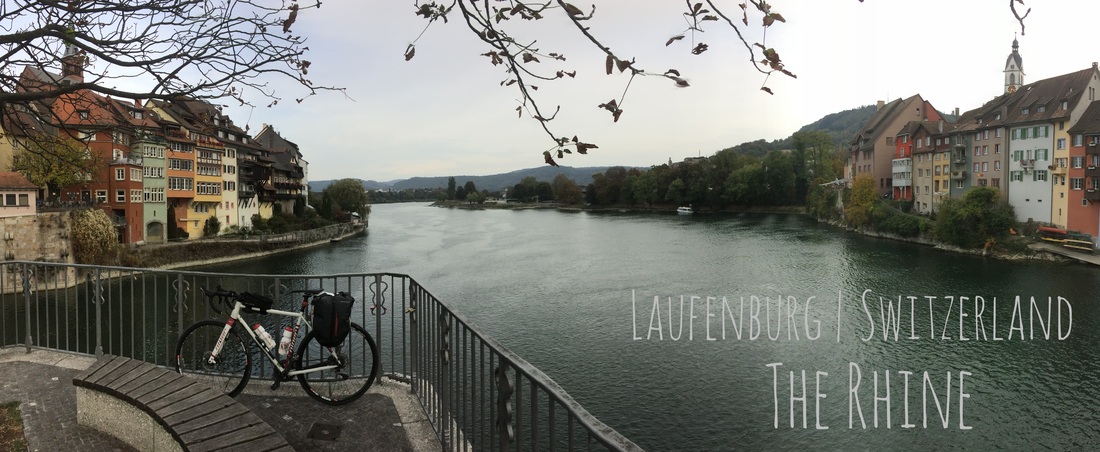


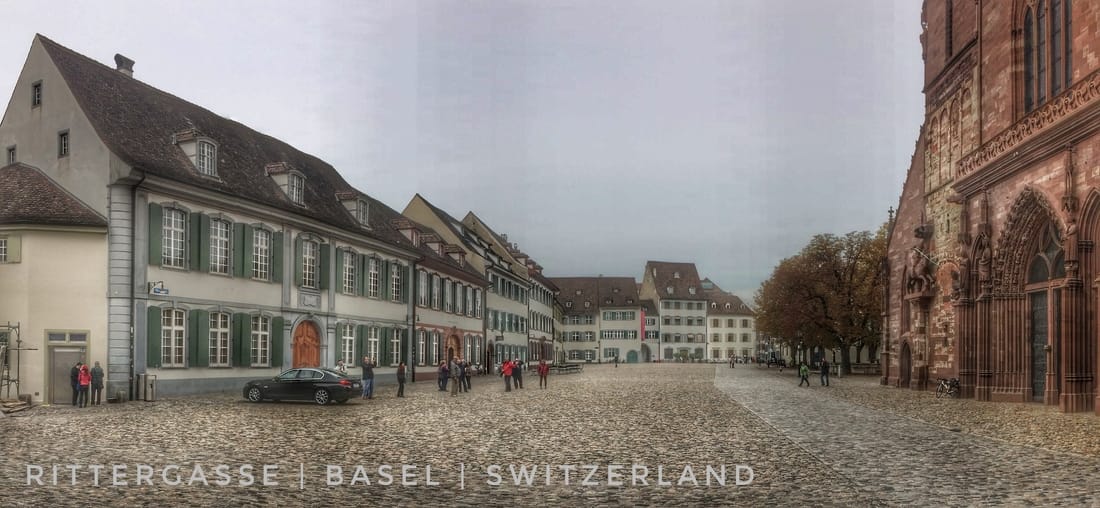
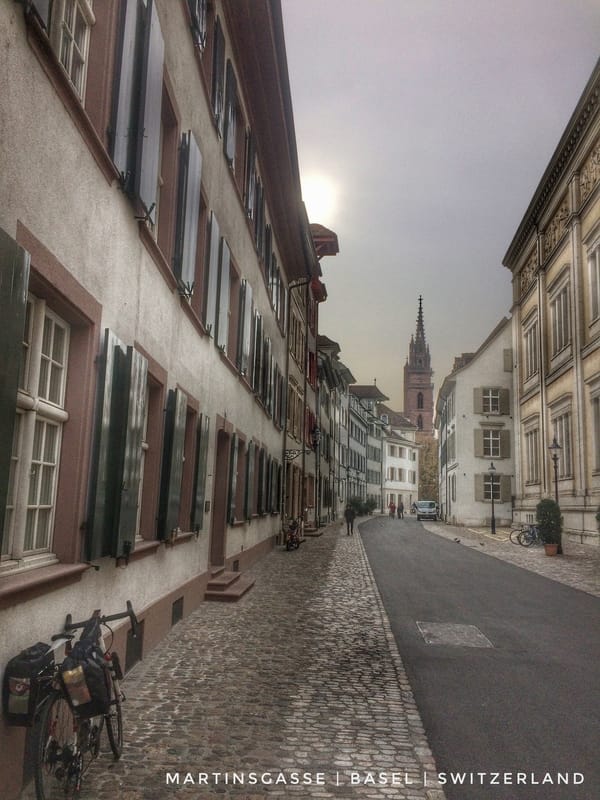
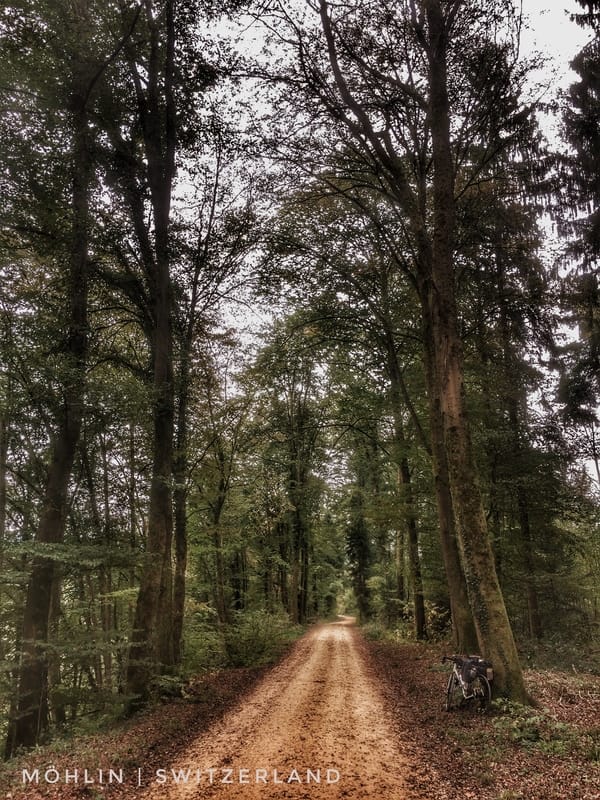
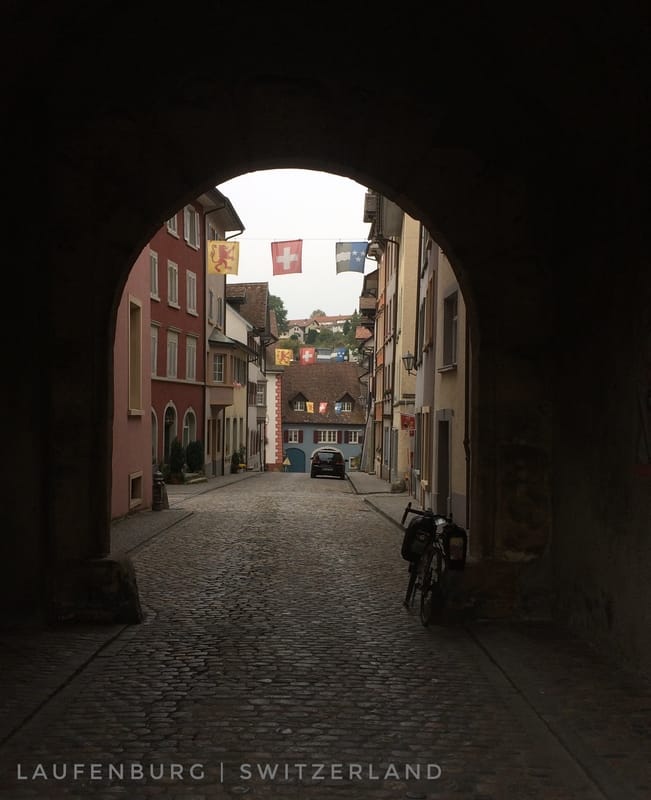
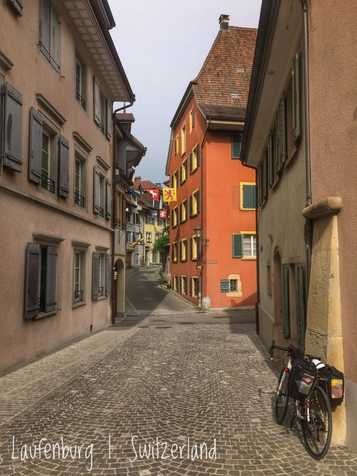
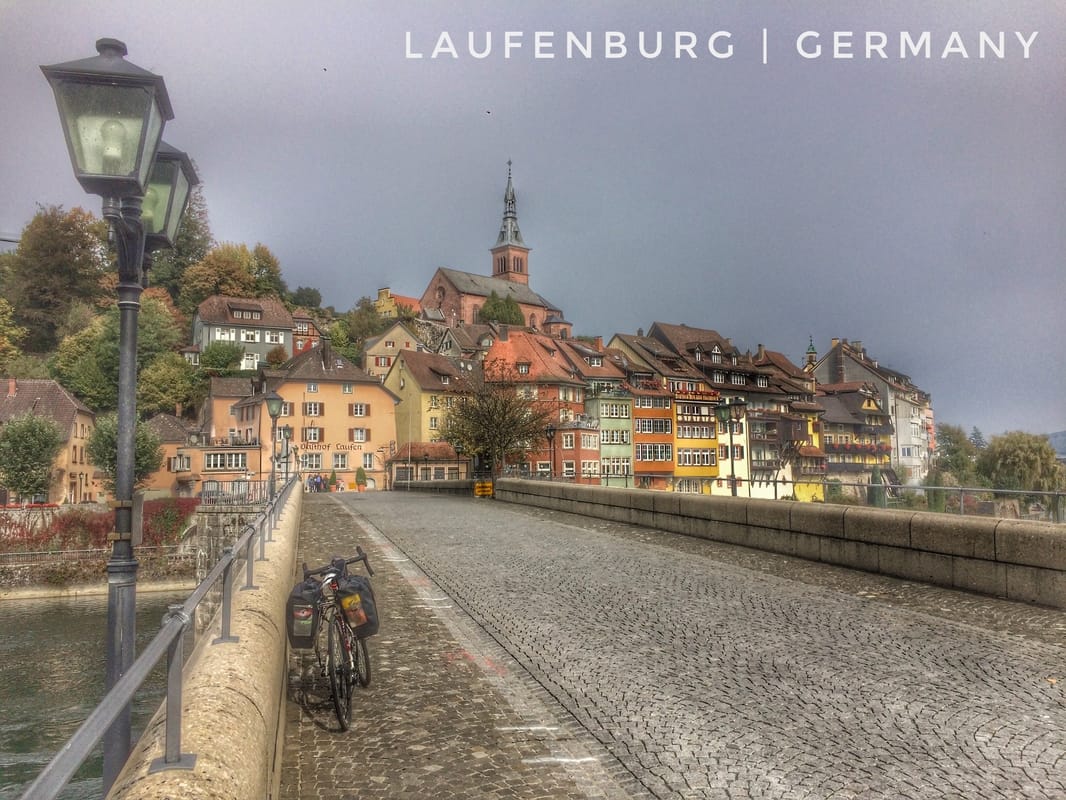
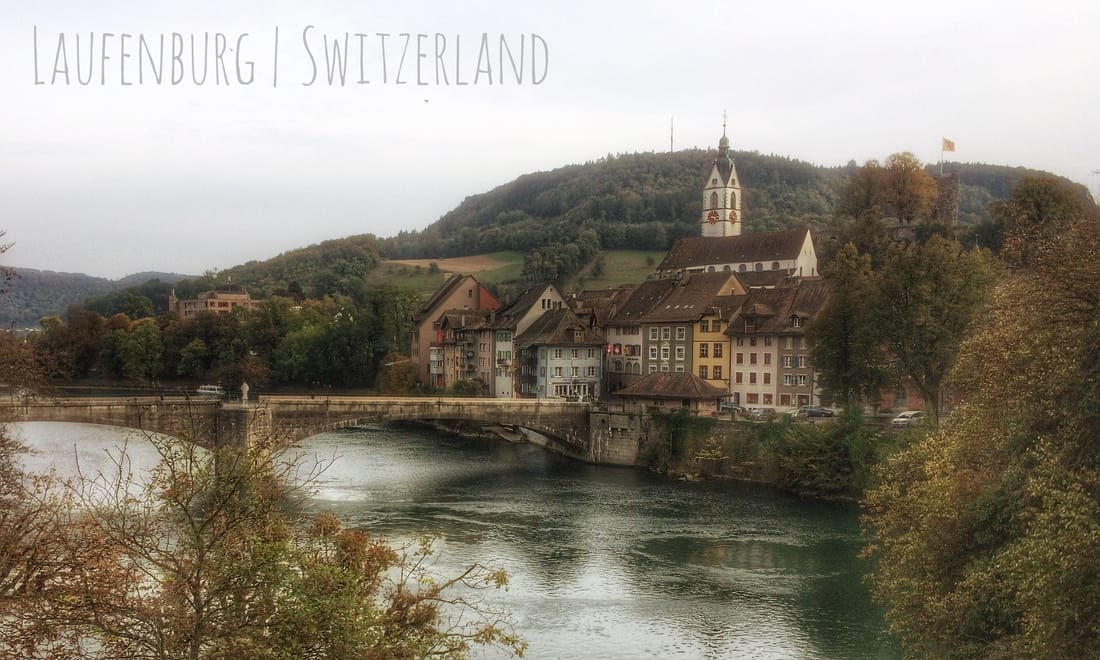
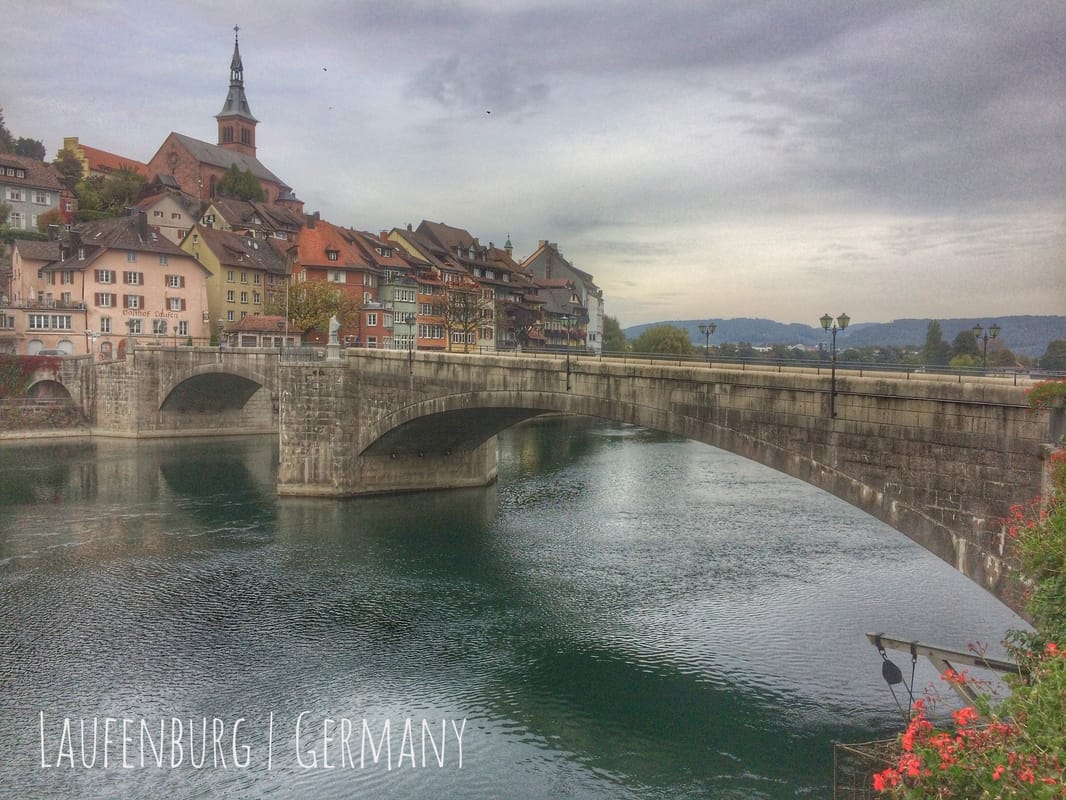
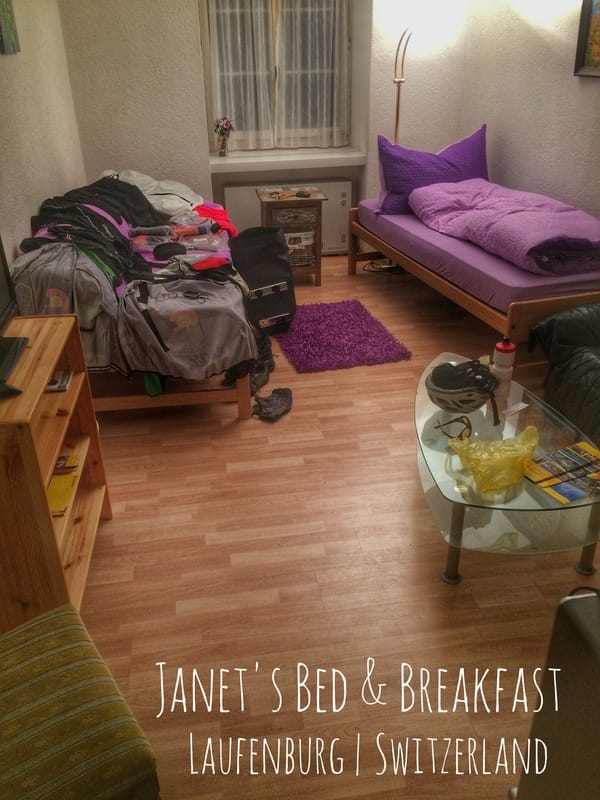
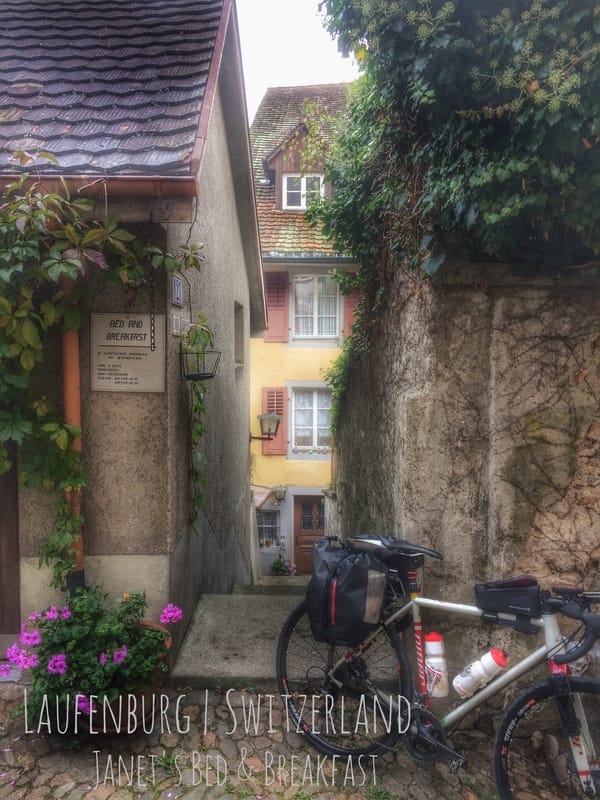
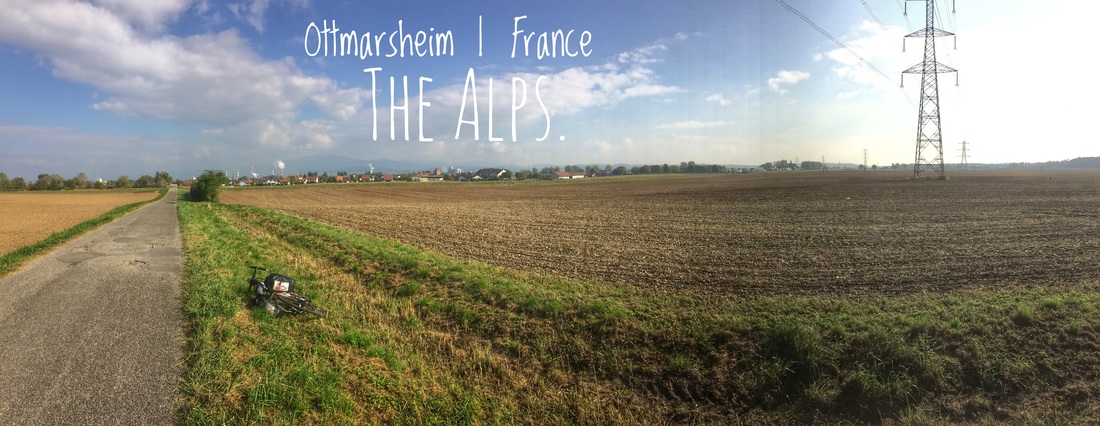
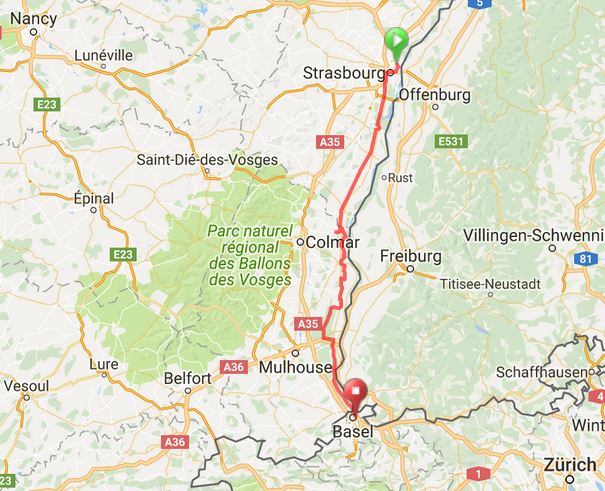
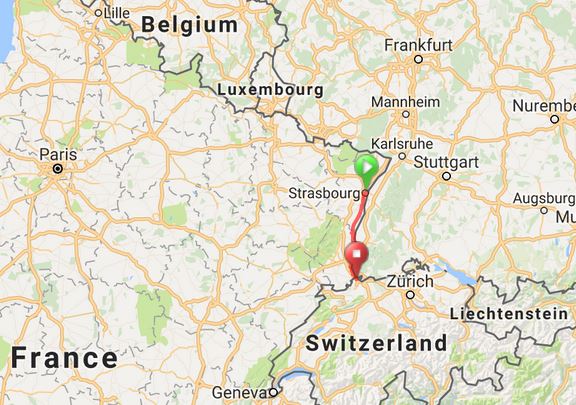

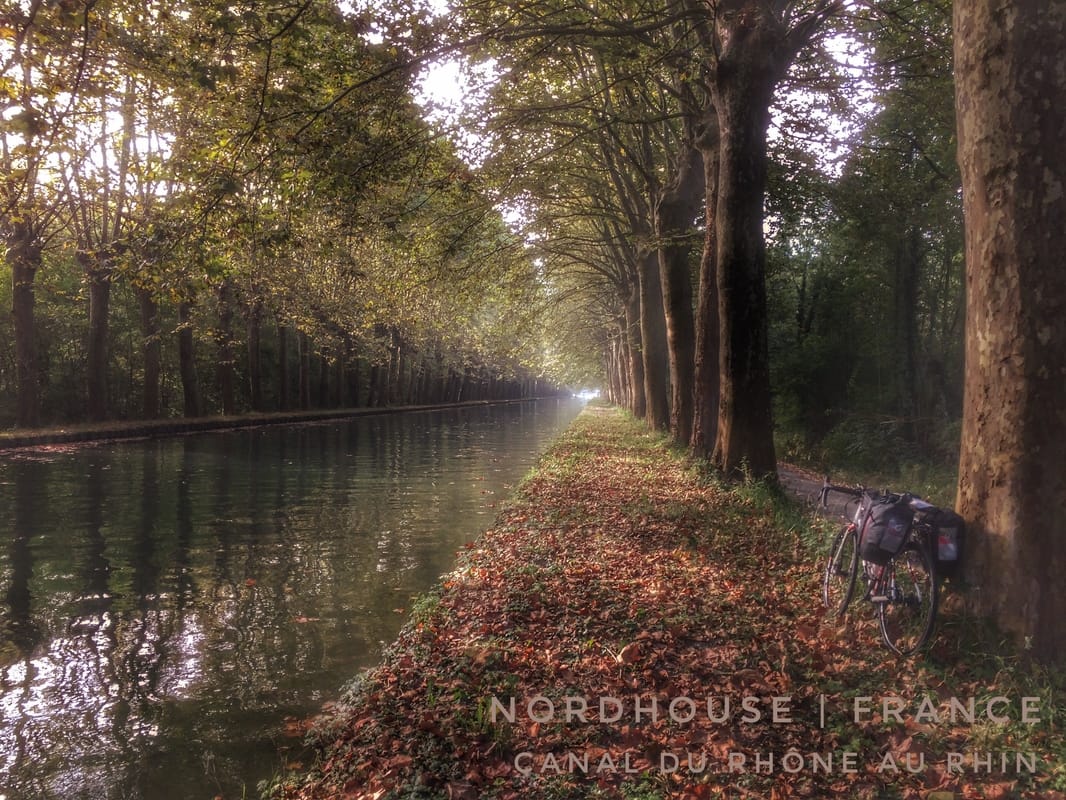
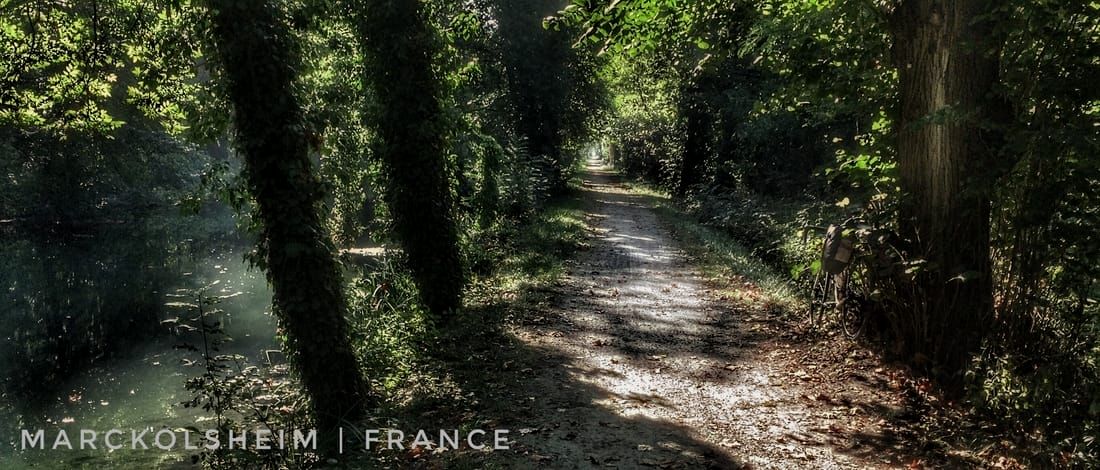
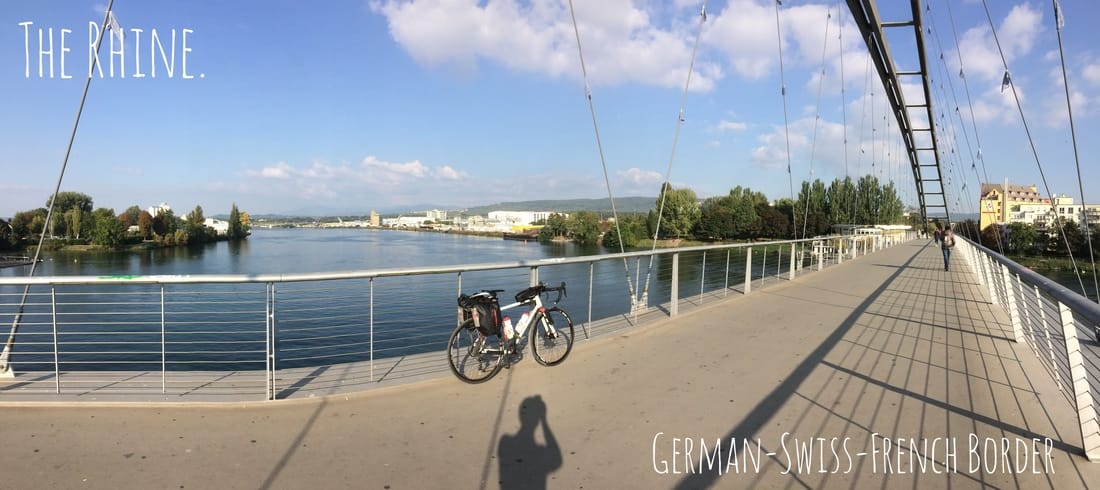

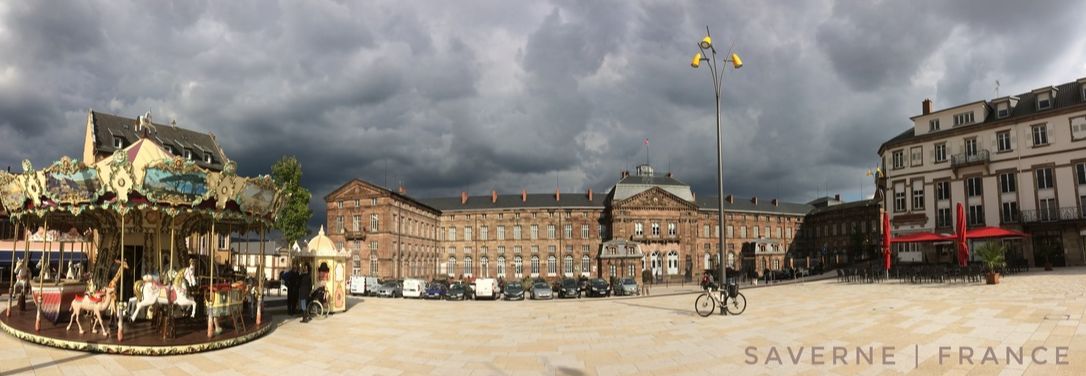
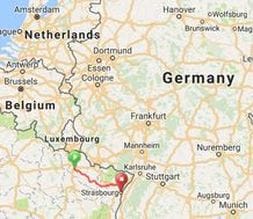
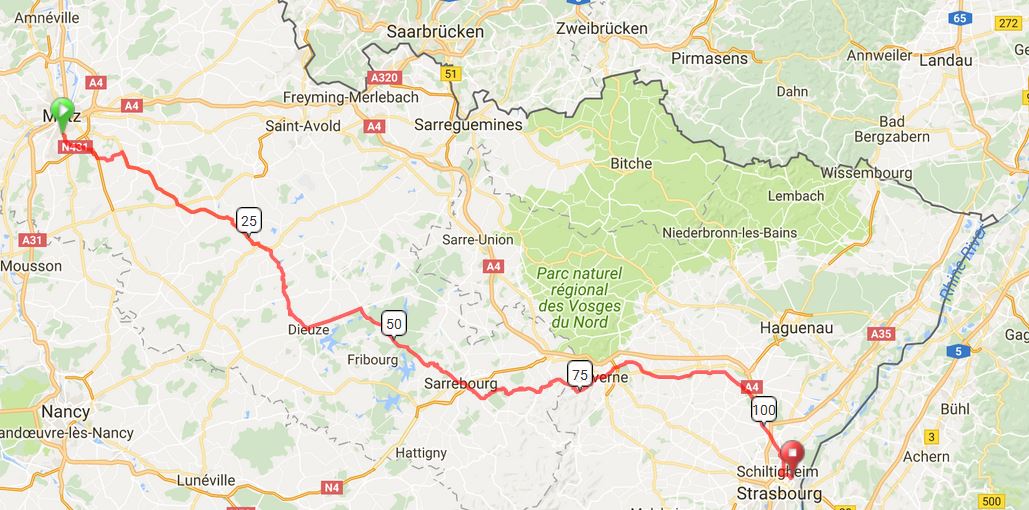

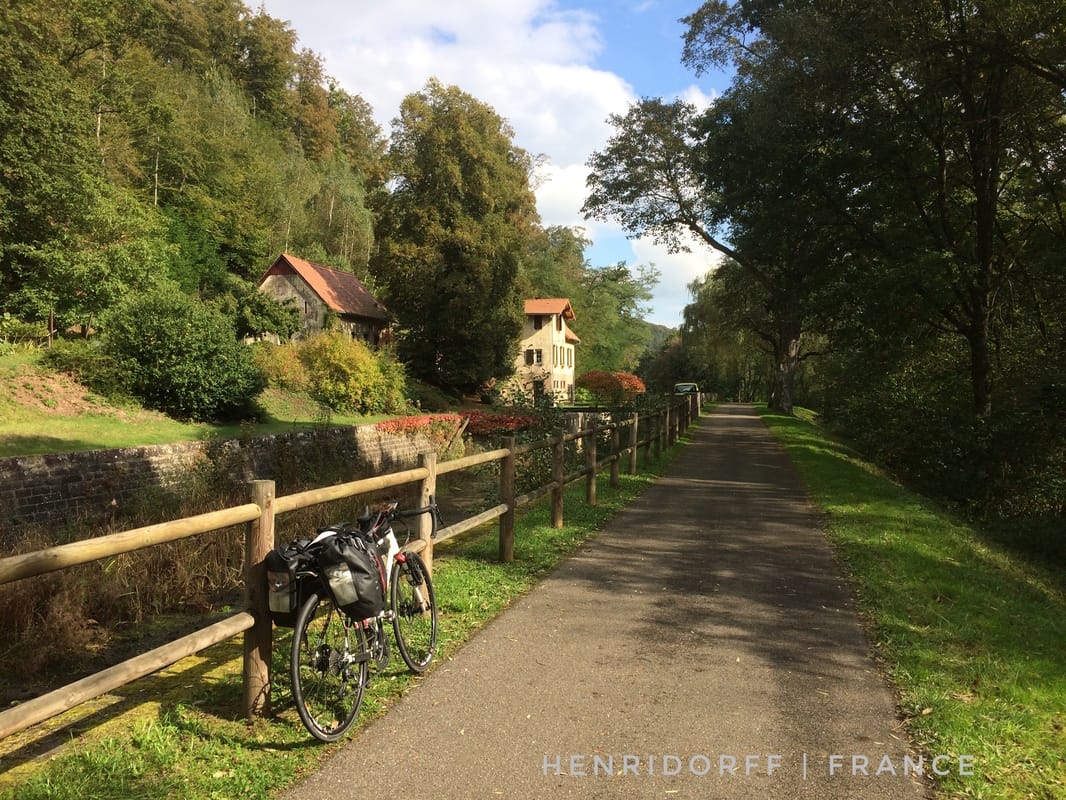
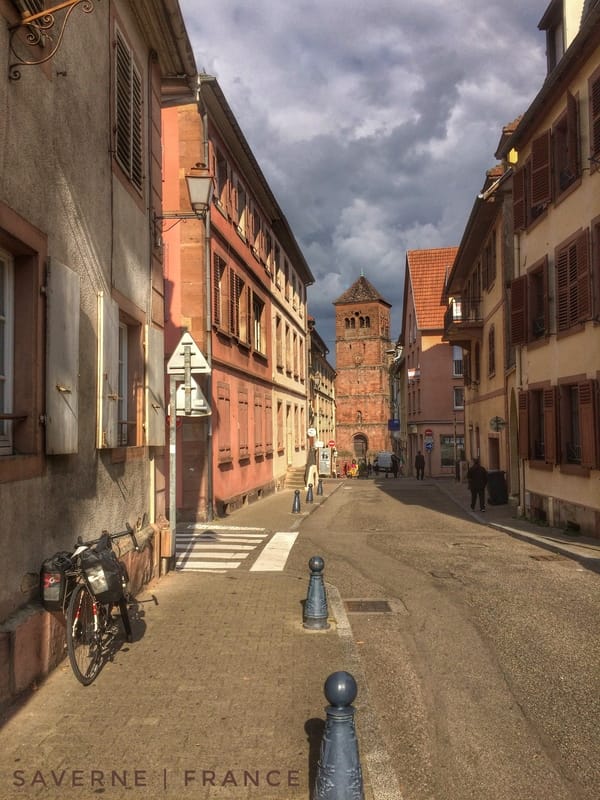
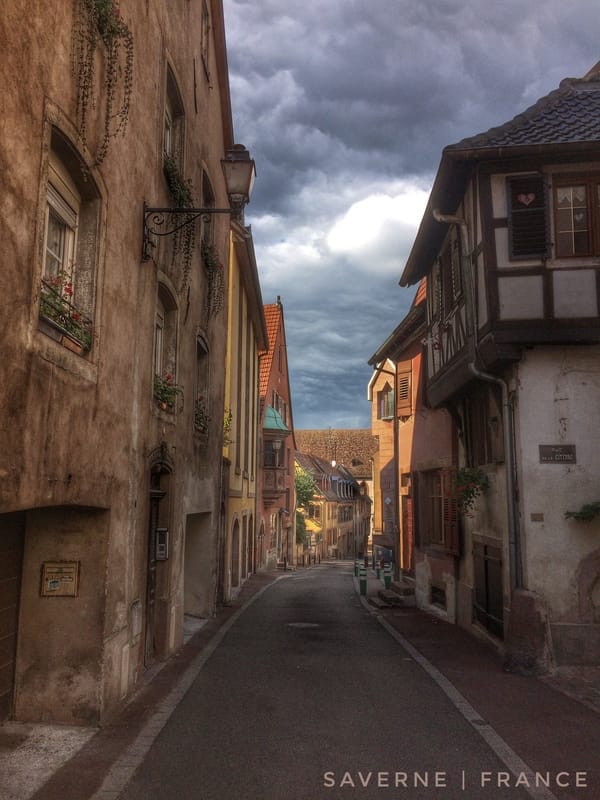
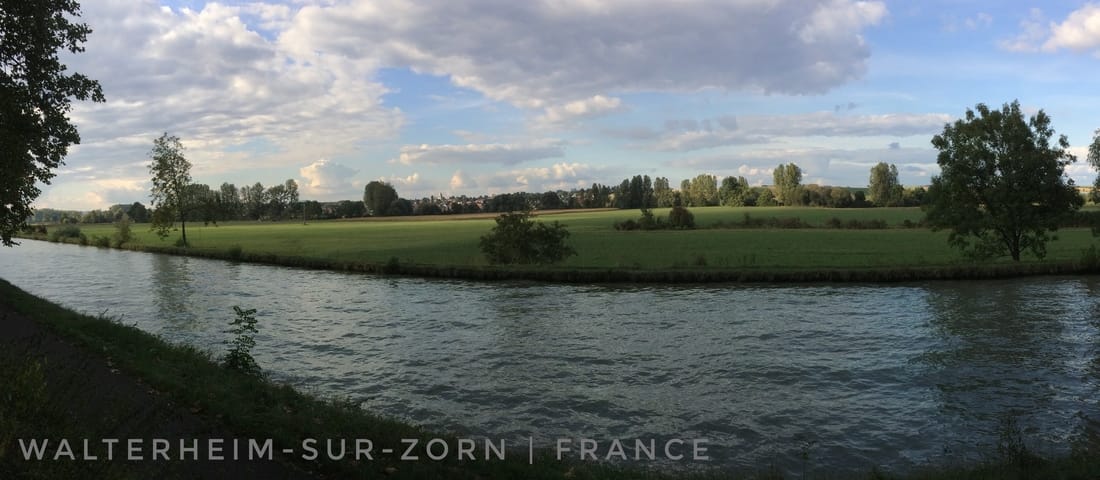
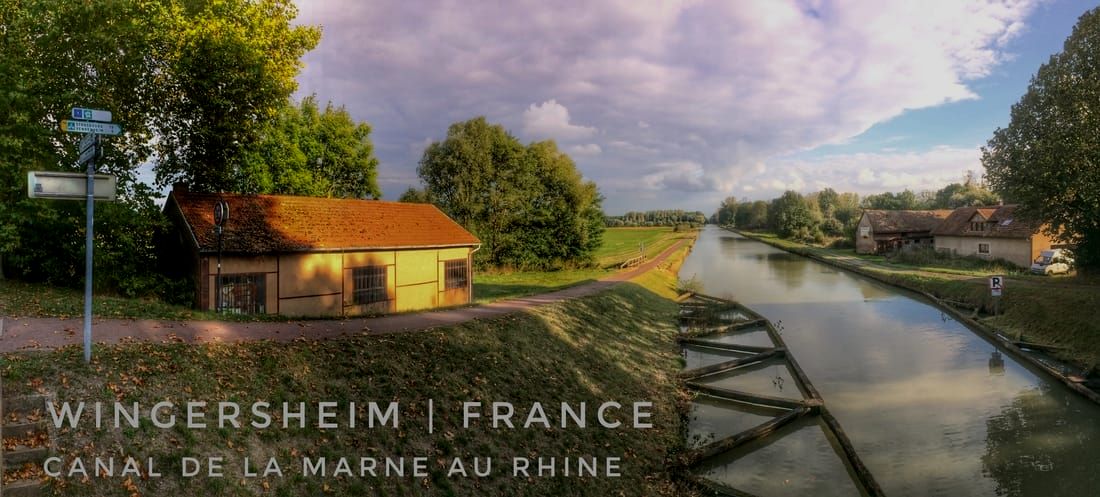
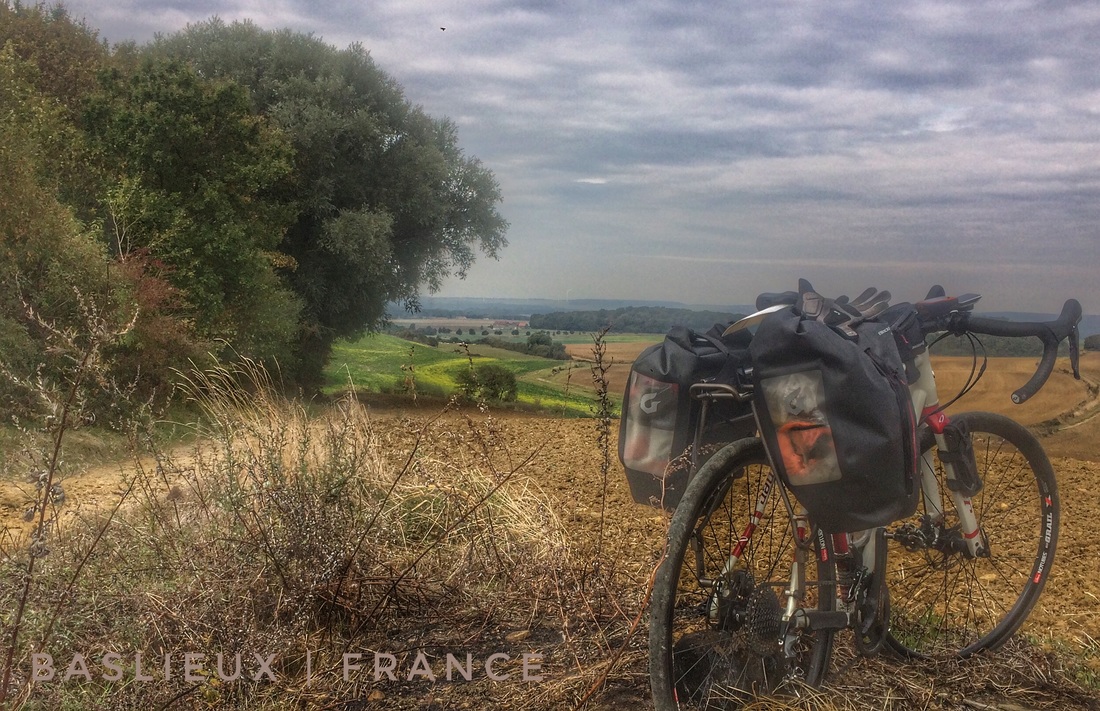
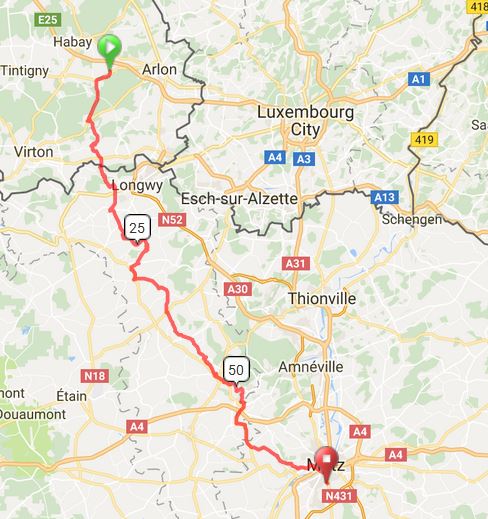
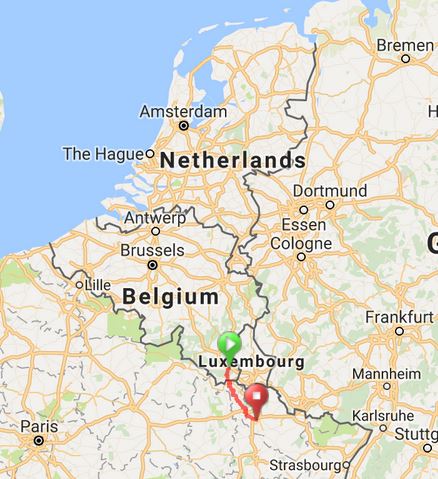

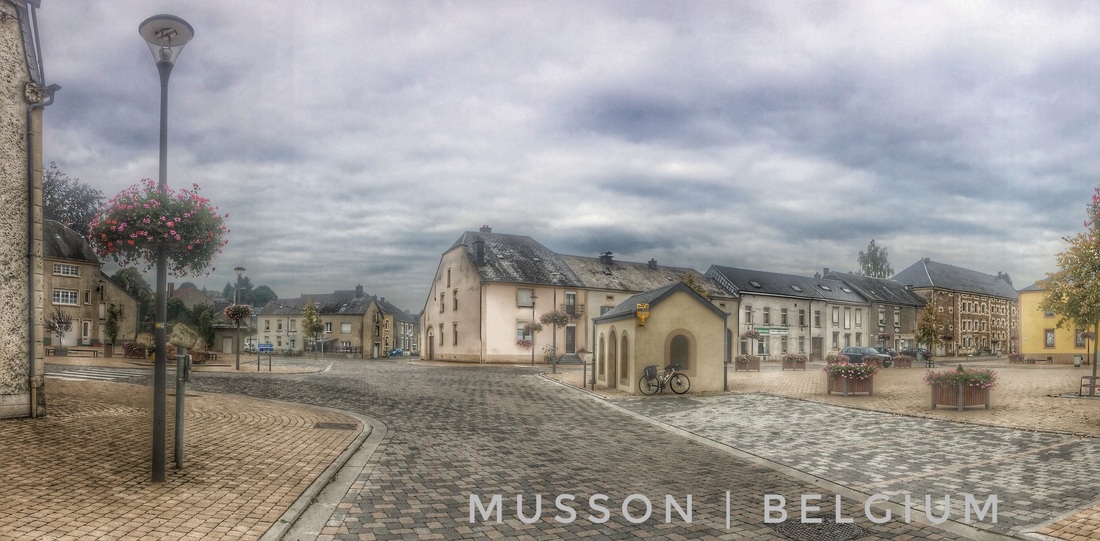
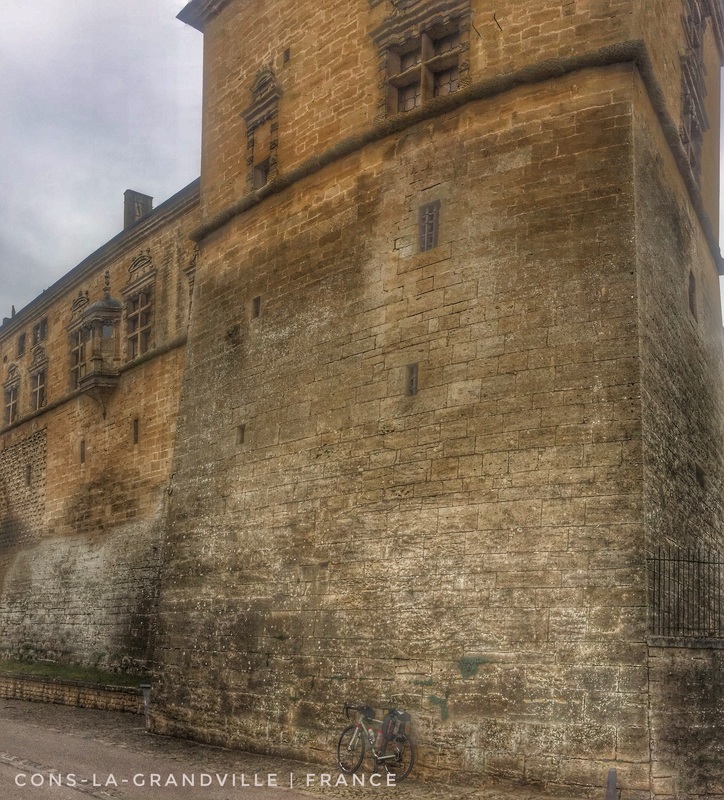
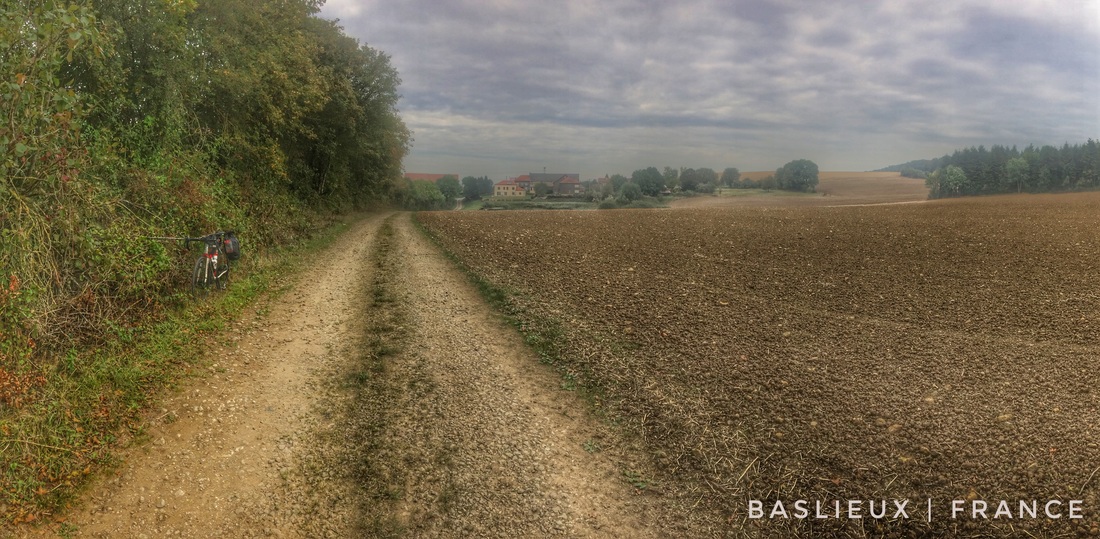
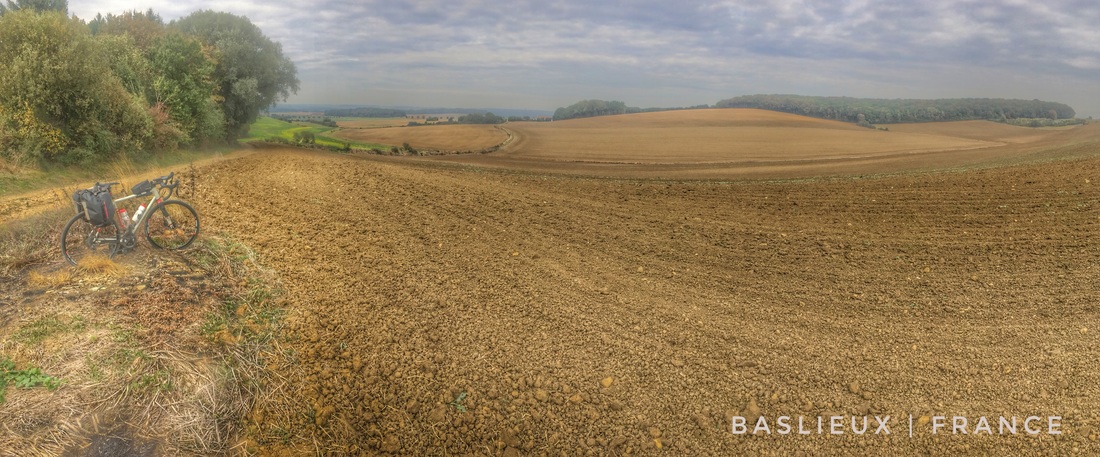
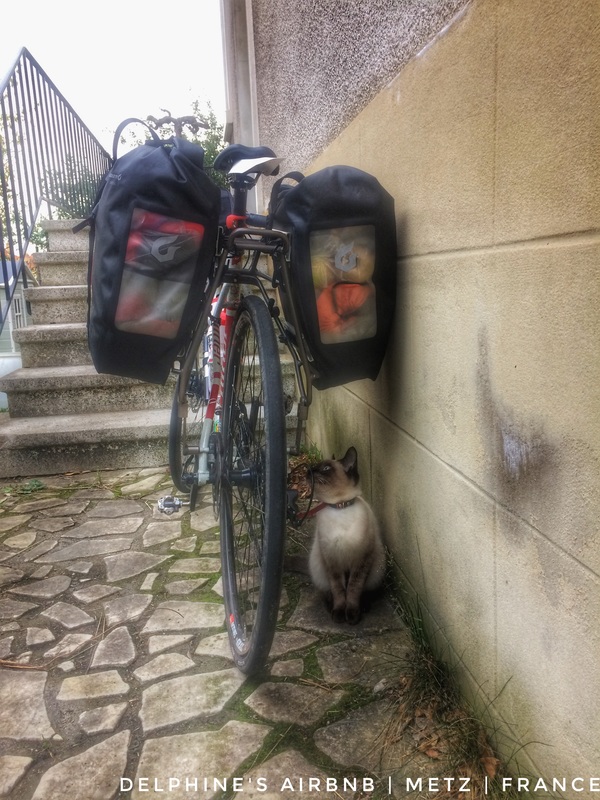
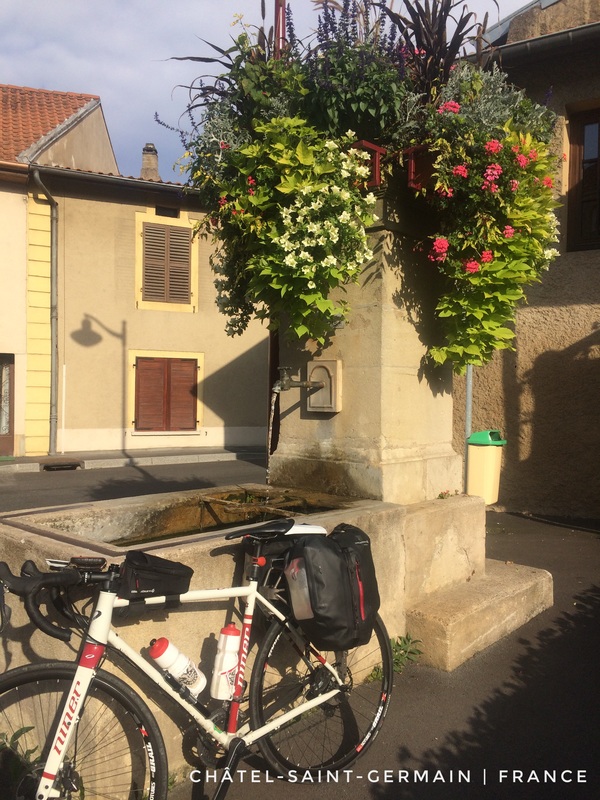
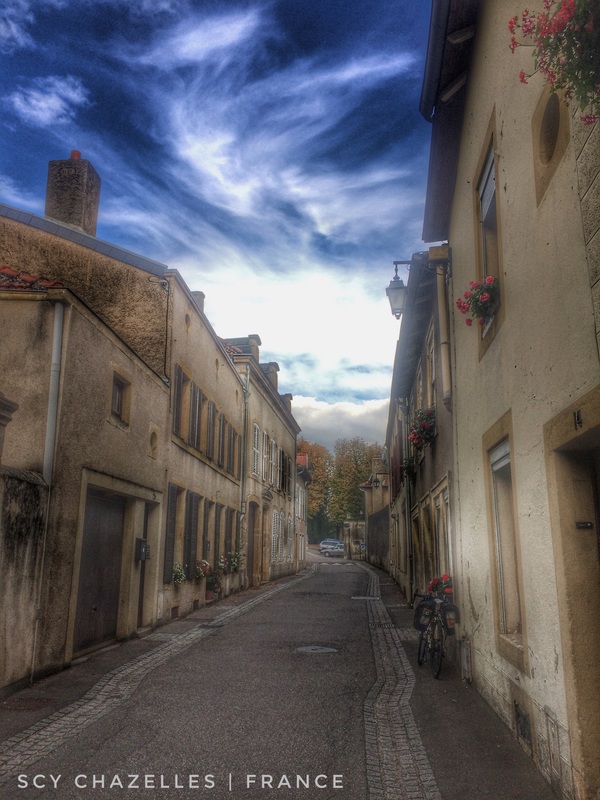
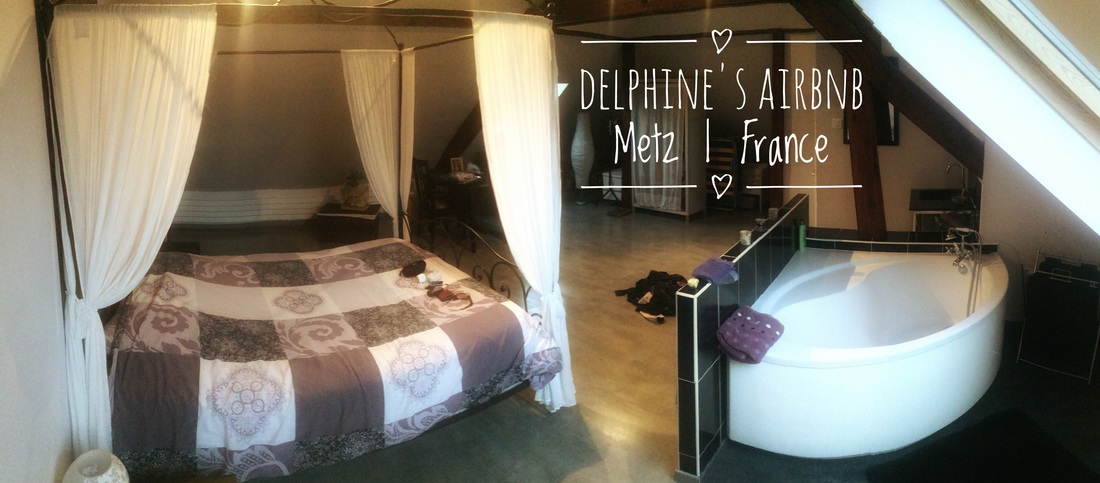
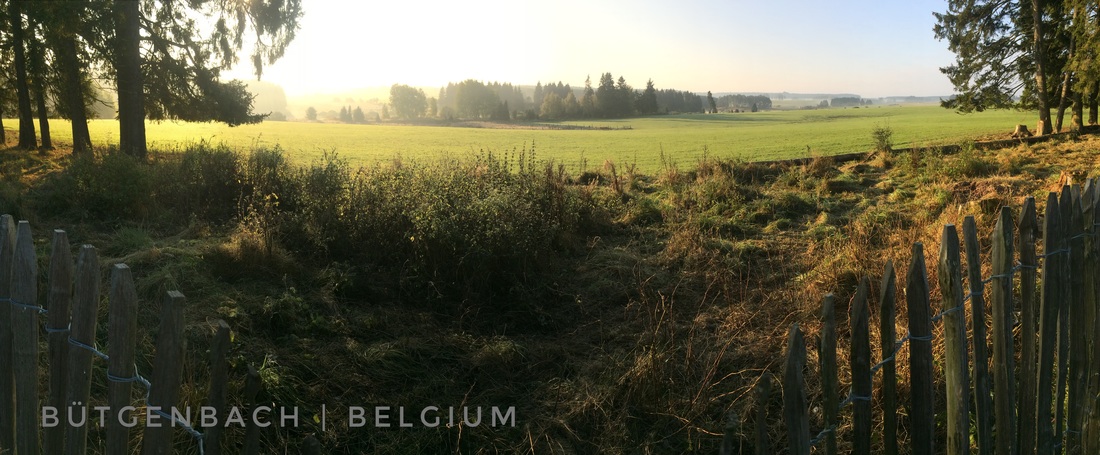
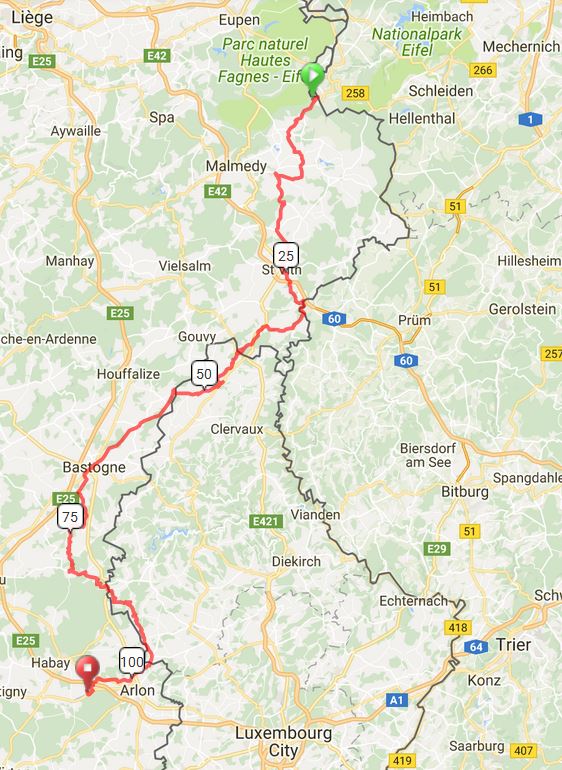
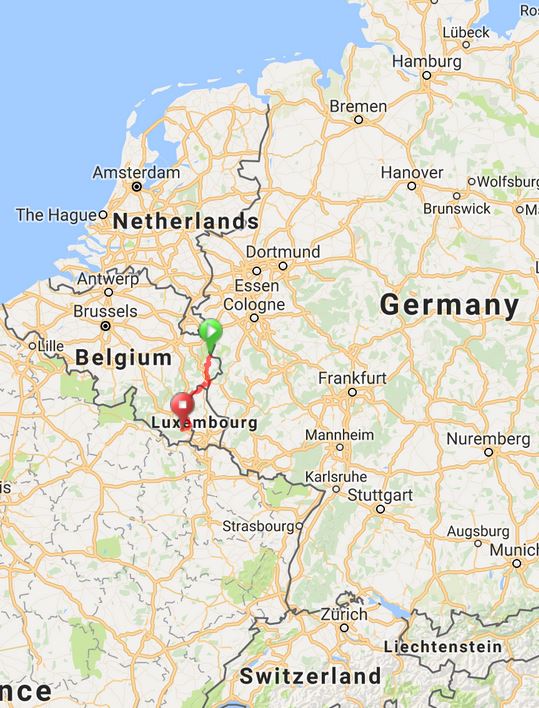

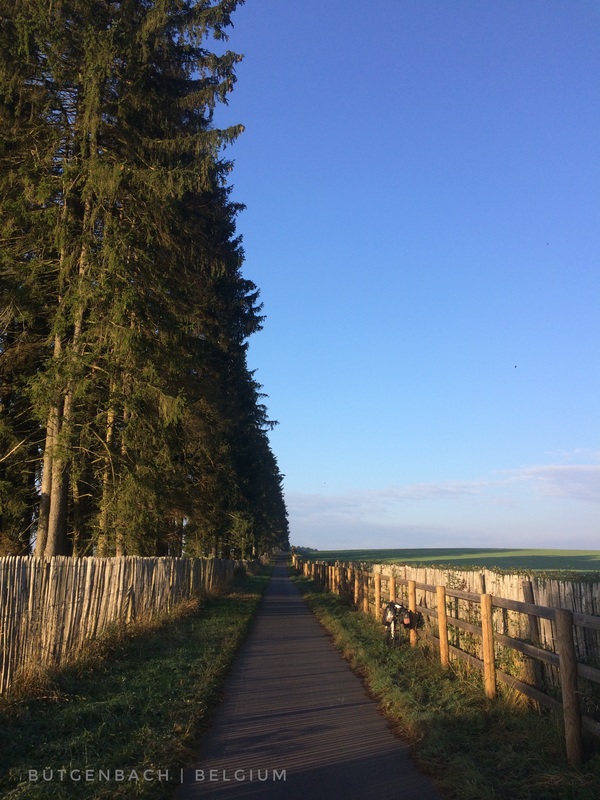
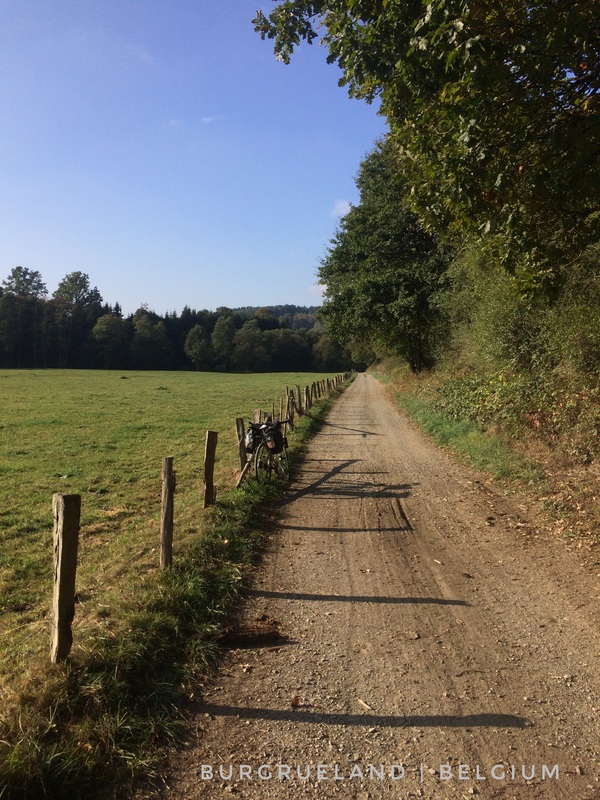
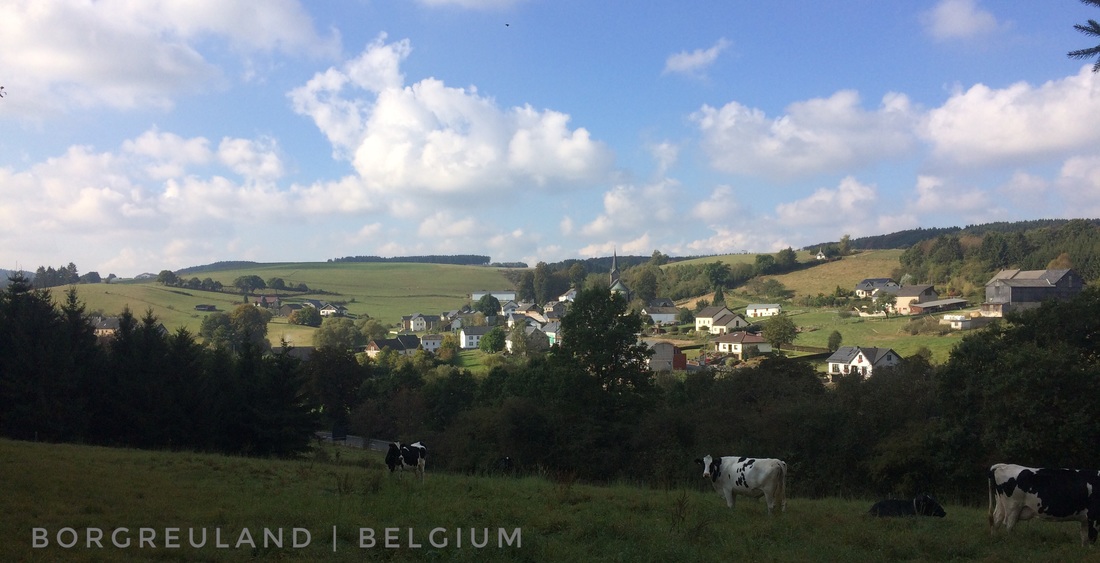
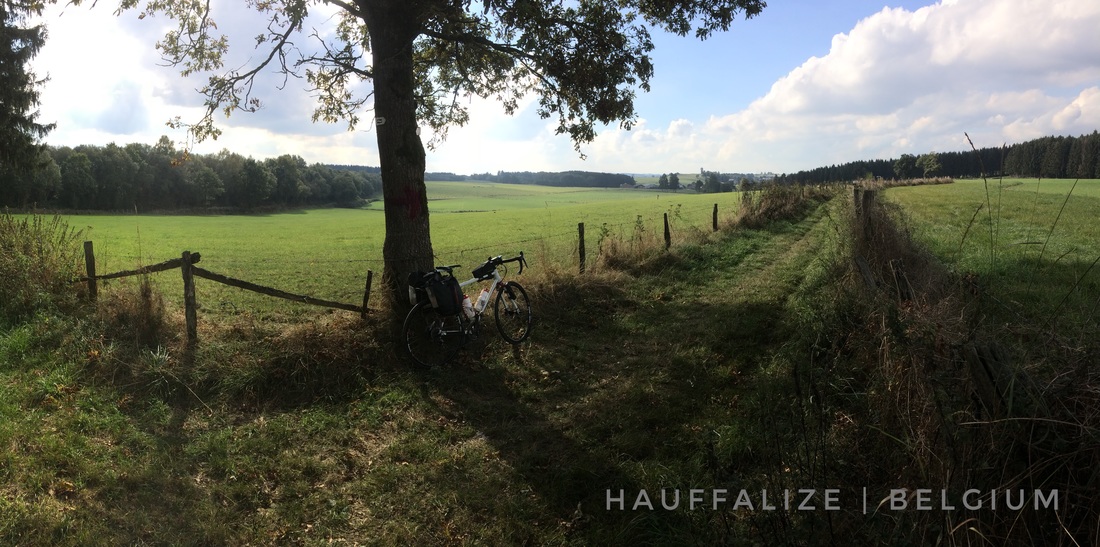
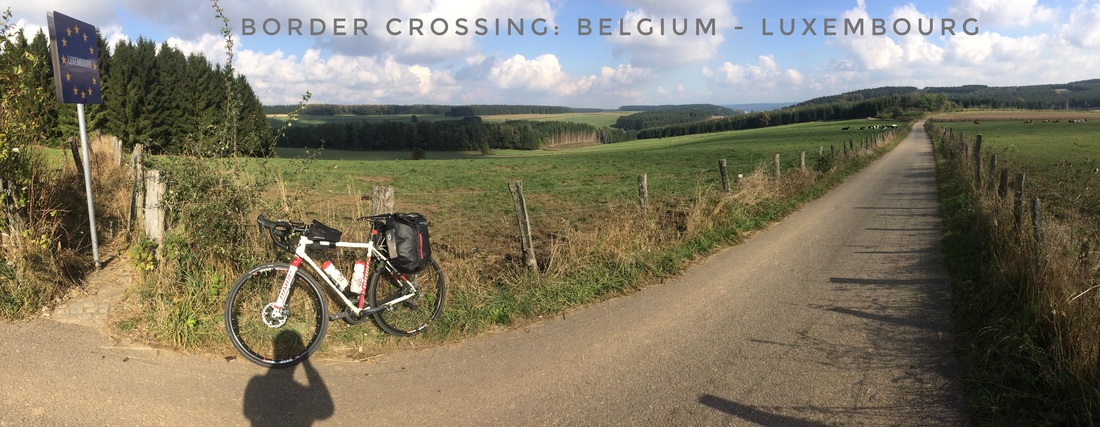
 RSS Feed
RSS Feed